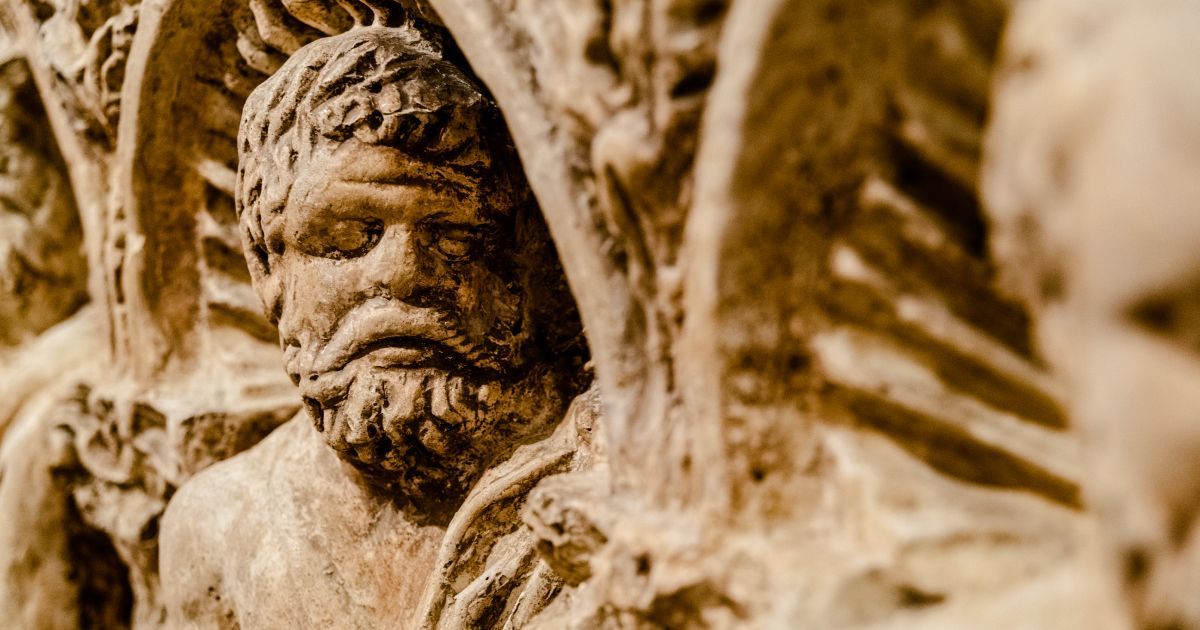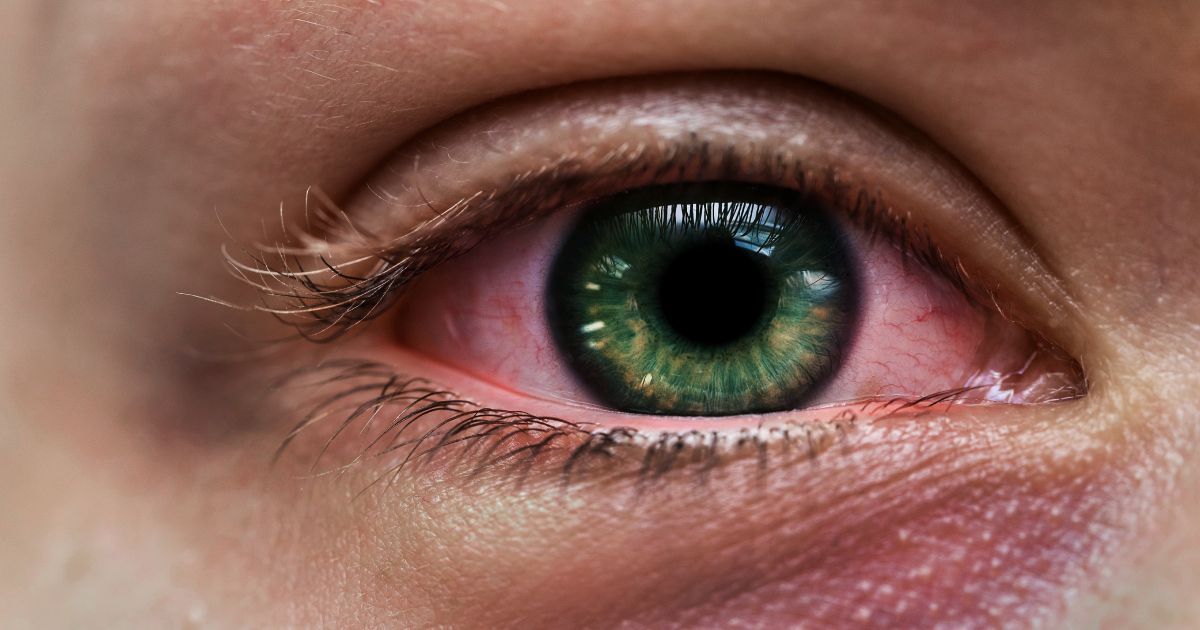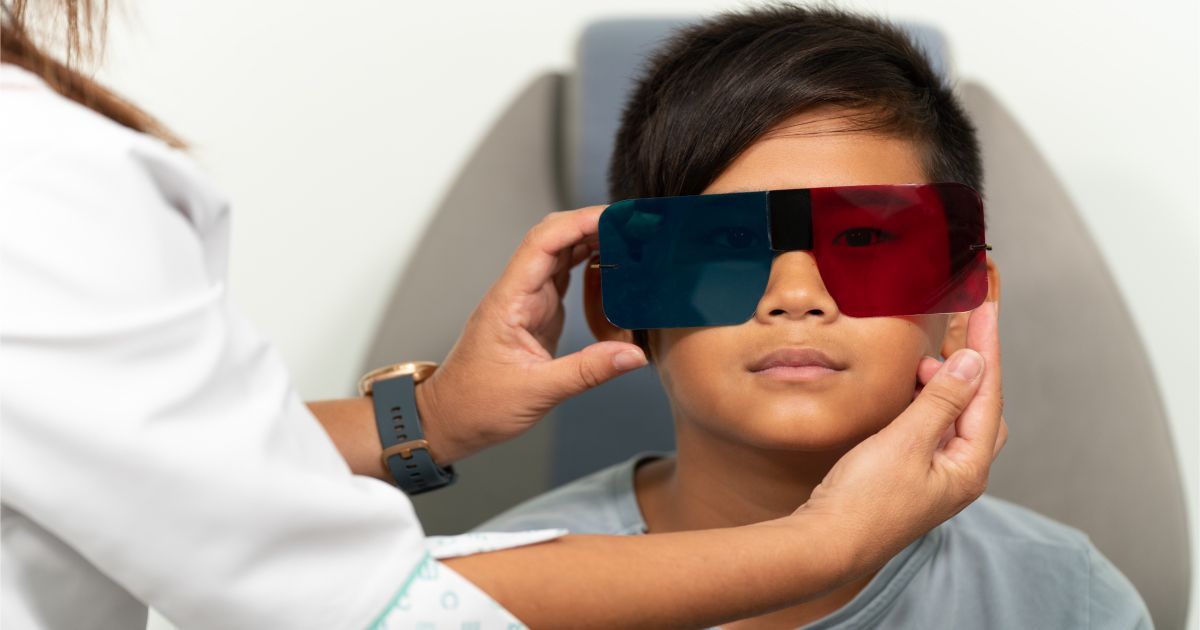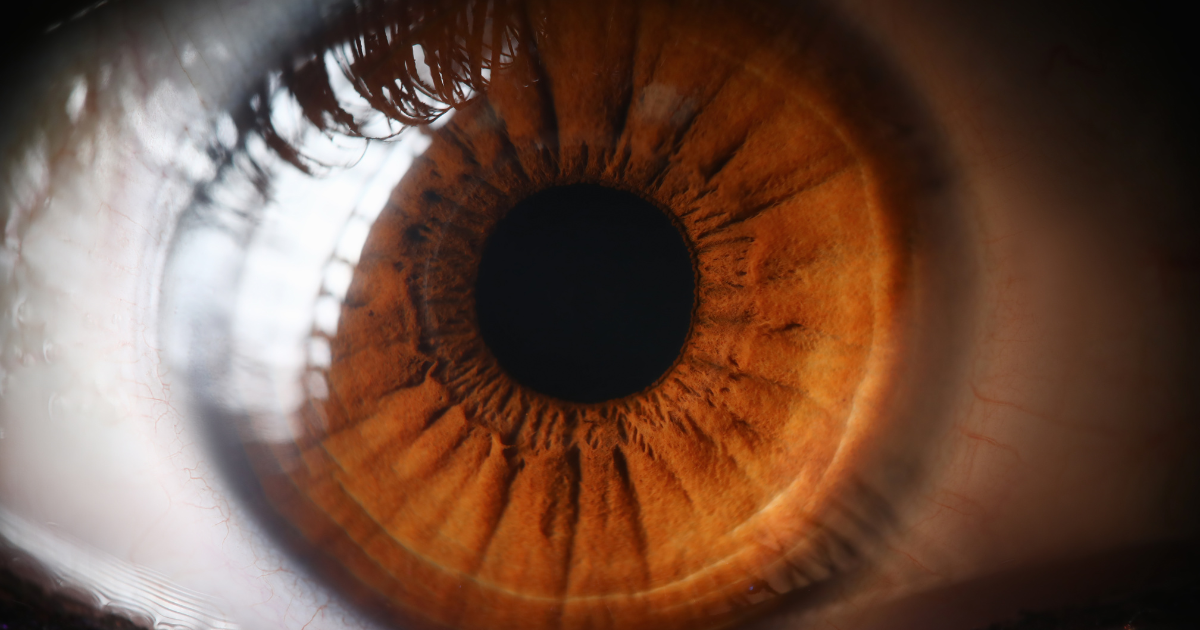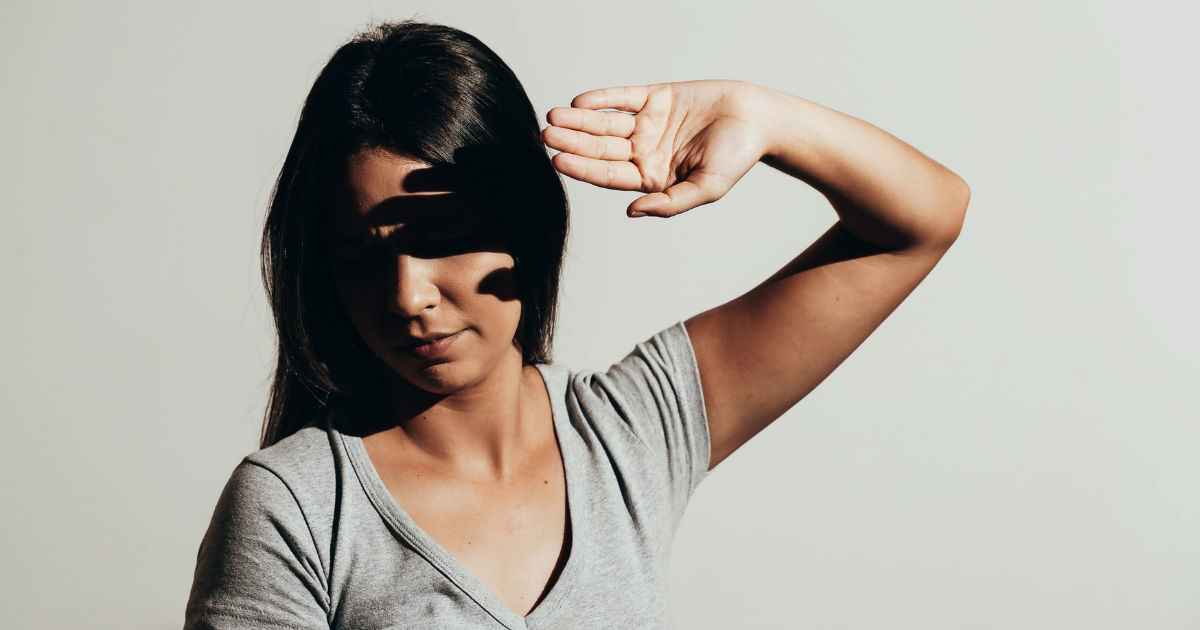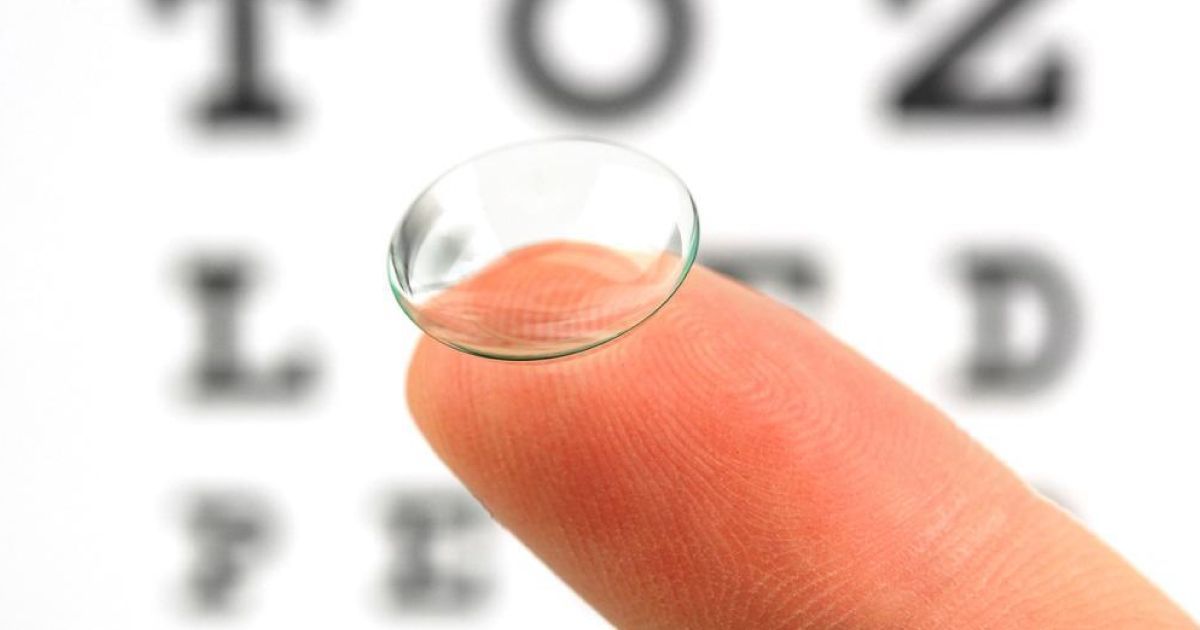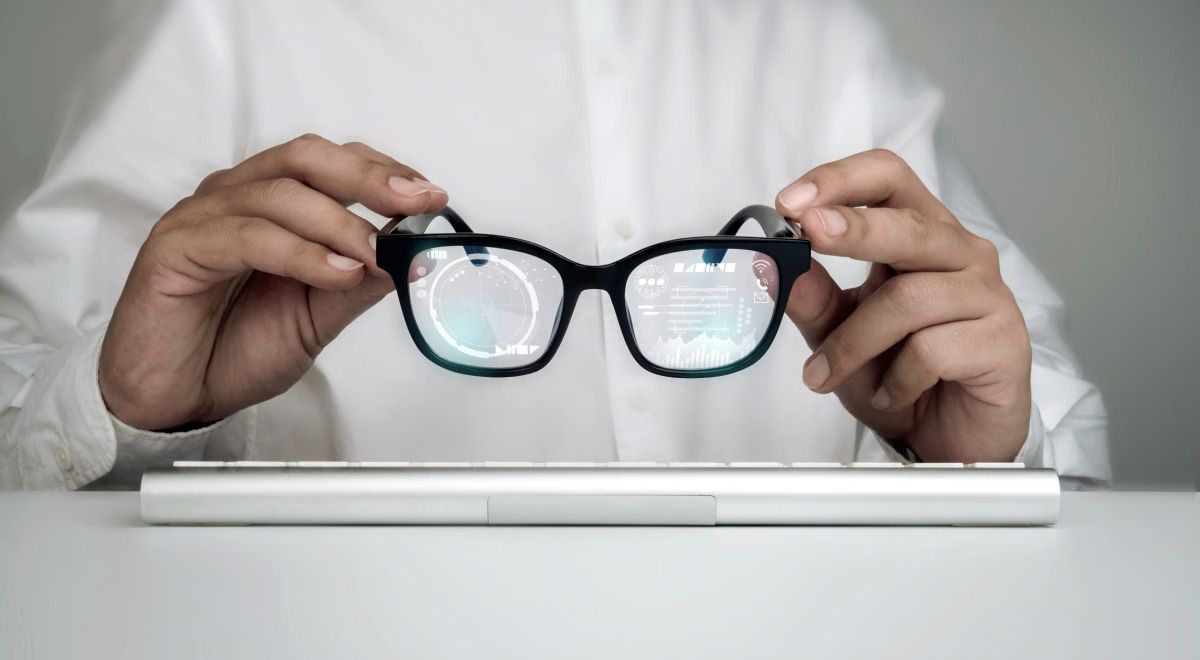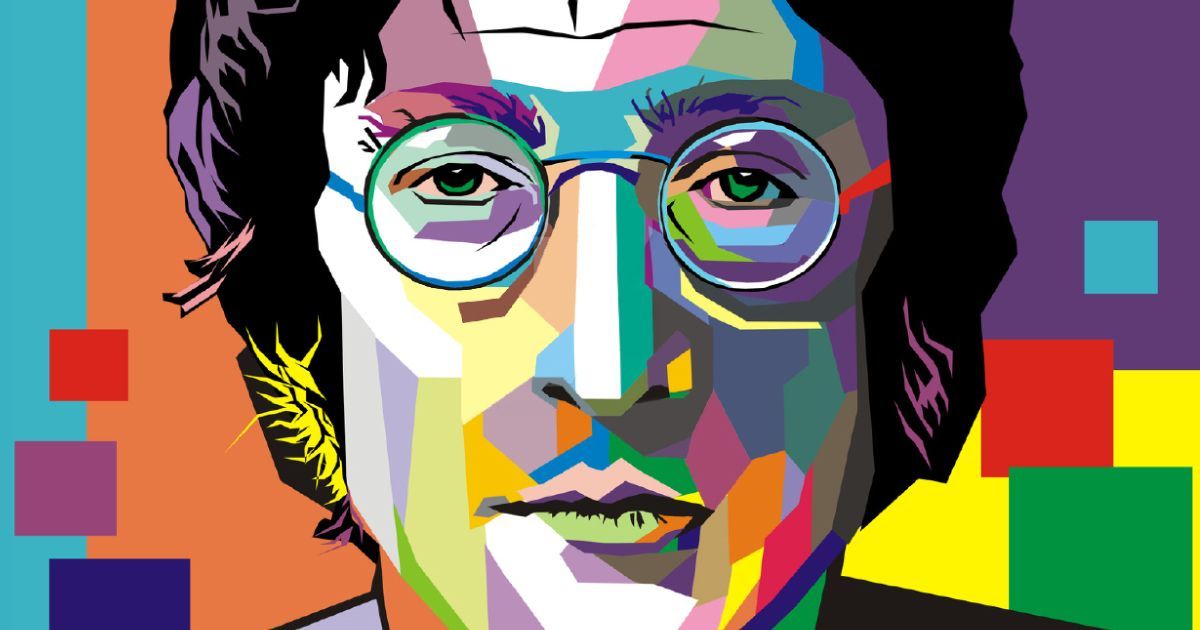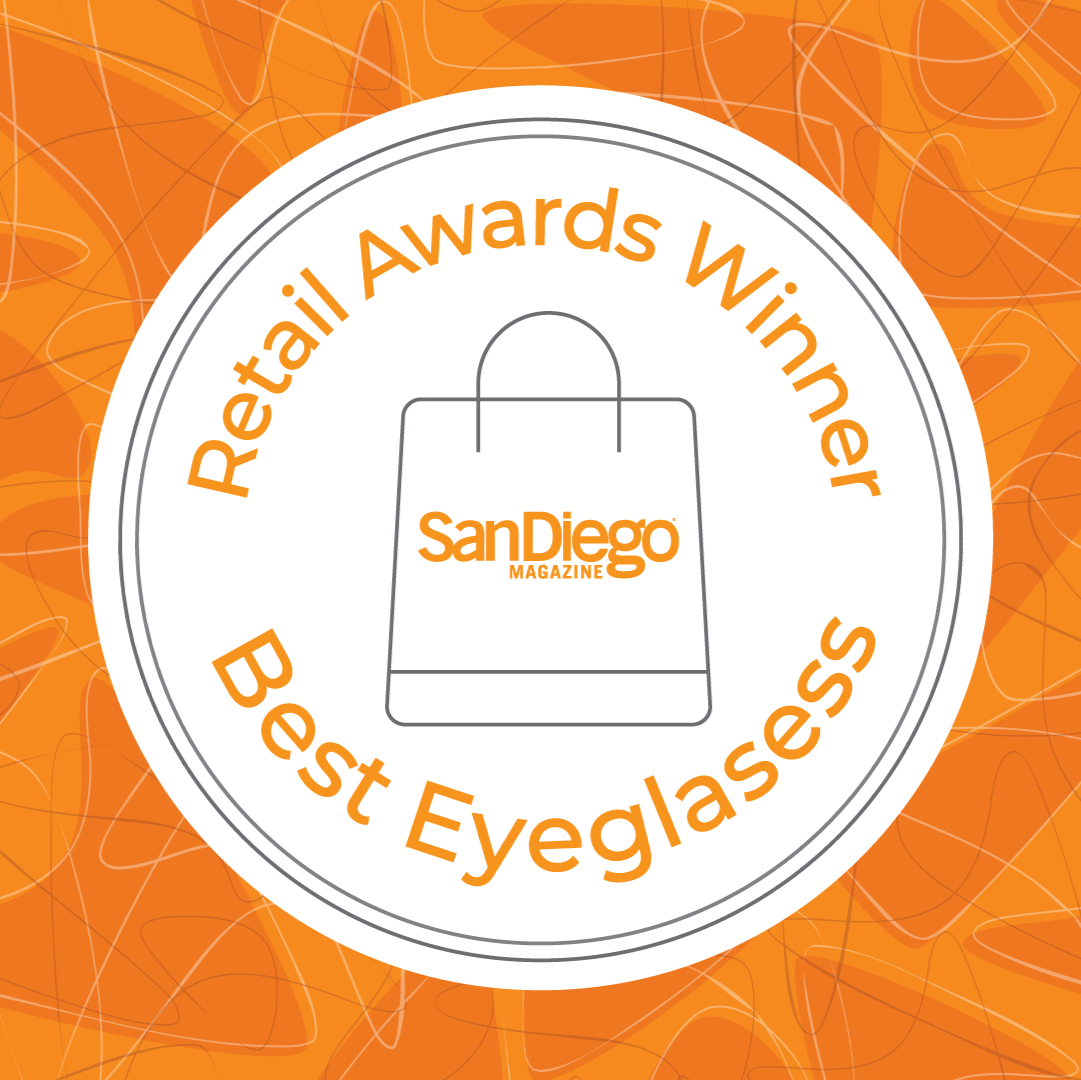The World Before Glasses: A Historical Insight into Vision Correction
Photo: Stock Photo
Read time: 5 minutes
Long before the invention of glasses, people developed various strategies to cope with vision impairments. The journey of vision correction is a fascinating tale of human ingenuity and adaptation, stretching back thousands of years. This article delves into the history of how individuals managed their vision problems and operated in everyday life before the advent of glasses.
Early Civilizations and the Power of Adaptation
Our understanding of how early humans addressed vision problems is limited. However, archeological evidence suggests a reliance on strong eyesight for survival. Activities like hunting, gathering, and crafting required good visual acuity. People with limited vision likely played different roles within their communities, focusing on tasks that didn't demand sharp vision.
Before the advent of corrective lenses, individuals faced numerous challenges due to vision impairments. However, people developed various methods to cope with these difficulties and navigate their surroundings effectively.
Here are some of the ways humans adapted to poor vision:
- They relied heavily on their other senses, particularly touch, hearing, and smell, to compensate for blurry sight. This reliance on alternative sensory inputs was crucial for activities like hunting, gathering, and crafting, which required a heightened awareness.
- They often found themselves needing to position closer to objects for clearer observation. This behavior is reflected in historical depictions of scholars or scribes, who are frequently shown holding reading materials very close to their faces.
- Oral traditions played a vital role in these communities, with knowledge, history, and stories being passed down through generations by word of mouth. This reliance on auditory learning and memory skills allowed those with poor vision to contribute significantly to their communities and preserve their cultures.
- They often developed heightened senses in other areas, such as a more acute sense of hearing or touch. These enhanced abilities enabled them to perform tasks with remarkable precision and navigate their environments despite their visual limitations.
Ancient Civilizations and Vision Aids
The earliest recorded attempts to improve vision date back to ancient civilizations. From the banks of the Nile to the ancient workshops of China, our ancestors embarked on quests to overcome the challenges of impaired sight. Here's a glimpse into the earliest recorded attempts to improve vision, showcasing the creativity and resourcefulness of ancient civilizations:
- Egyptians: The Egyptians used simple magnification techniques. They filled vessels with water to magnify small text or objects, taking advantage of the water's refractive properties.
- Romans and Greeks: The Romans and Greeks experimented with polished gemstones or beryl, using them as magnifying glasses to read texts and inspect objects more closely. This early use of natural materials to enhance vision highlights the ingenuity of ancient peoples in addressing visual impairments.:
- Indians: In ancient India, texts from the 5th century BCE discuss the use of crystal lenses to magnify small objects, indicating an early understanding of the principles behind magnification. However, these were not corrective lenses for vision impairments but rather tools for detailed work or study.
- Chinese: The early Chinese invention of eyeglasses, crafted with frames made from horn or tortoiseshell, represents another significant milestone in the history of vision aids. These early eyeglasses, appearing several centuries before their adoption in Europe, illustrate the global pursuit of solutions to vision impairment.
The Middle Ages: Experimentation and Discovery
The Middle Ages marked a period of significant experimentation and discovery in the realm of vision correction. Monks, who spent hours transcribing texts, were among the first to use primitive reading stones—a type of magnifying glass made from a transparent sphere. These stones, placed directly on the reading material, allowed for enlargement of letters, facilitating the reading process for those with presbyopia, a condition commonly affecting individuals over 40.
The rise of spectacle-making guilds in the 13th century significantly impacted the development and dissemination of eyeglasses. These guilds, first emerging in cities like Venice, were instrumental in refining the designs and production techniques of eyeglasses. Their efforts led to improvements in the quality and durability of glasses, making them more practical and accessible. The guilds also played a role in standardizing the production of lenses and frames, contributing to the spread of eyeglasses across Europe.
However, the introduction of eyeglasses was met with mixed reactions in some cultures. There was a societal debate surrounding their use, with some viewing glasses as a sign of weakness or aging, while others saw them as a valuable tool for improving daily life. Despite these challenges, glasses gradually gained acceptance, fueled by the undeniable benefits they provided to those with vision impairments.
The 13th century heralded the arrival of the first eyeglasses in Italy. An Englishman, Roger Bacon, made one of the earliest written references to the use of lenses for vision correction in the late 13th century, acknowledging their benefits for the elderly. Meanwhile, Italian inventors experimented with holding lenses in front of the eyes, leading to the creation of the first basic spectacles. These early glasses were rudimentary, consisting of two magnifying glasses riveted together, designed to perch on the nose.
For more information on the history of spectacles, read our blog article The History of Glasses: An Evolution in Technology & Sight.
Cultural and Social Implications
The invention of glasses was revolutionary, gradually transforming societal attitudes towards vision impairment. Initially, eyeglasses were a luxury item, affordable only to the wealthy. They symbolized intelligence and sophistication, often featured in portraits of scholars and clergy. Over time, as the production techniques improved and became more widespread, glasses became more accessible to the general population.
Before the widespread availability of glasses, those with vision impairments relied heavily on their families and communities for support. Trades and crafts were passed down to those who had the visual acuity for detailed work, while others might take on roles that relied more on physical strength or oral communication. The introduction of eyeglasses allowed a broader segment of the population to engage in reading, learning, and skilled craftsmanship, contributing to an increase in literacy and a surge in the dissemination of knowledge during the Renaissance.
The Takeaway
The history of coping with vision impairment before the invention of glasses is a testament to human resilience and adaptability. From ancient magnification techniques to the societal transformations ushered in by the advent of eyeglasses, this journey reflects our enduring quest to overcome challenges.
The information provided in this article is intended for general knowledge and educational purposes only and should not be construed as medical advice. It is strongly recommended to consult with an eye care professional for personalized recommendations and guidance regarding your individual needs and eye health concerns.
All of Urban Optiks Optometry's blog posts and articles contain information carefully curated from openly sourced materials available in the public domain. We strive to ensure the accuracy and relevance of the information provided. For a comprehensive understanding of our practices and to read our full disclosure statement, please click here.
OUR LATEST POSTS
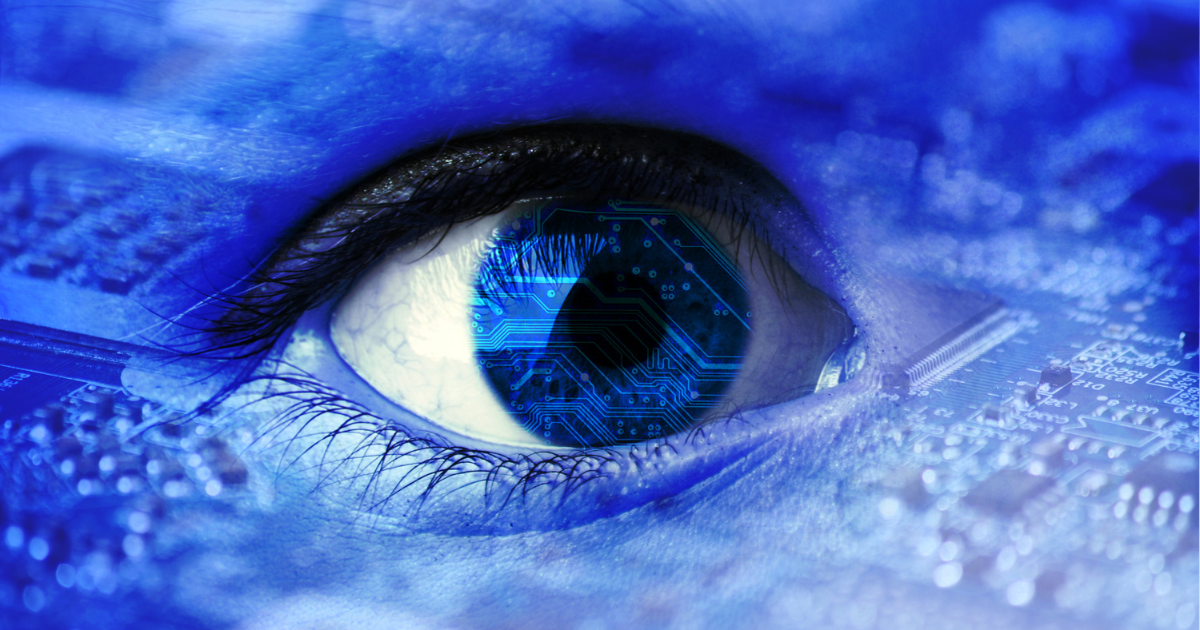

© Urban Optiks Optometry, Inc. 2009-2024
All Rights Reserved
Location
The Cairo Building
3788 Park Blvd, Suite 5
San Diego, CA 92103
Phone: 619.683.2020
Text: 619.683.2020
Fax: 619.683.2111
Email: info@uoosd.com
Hours
Monday: 9 am – 7 pm
Tuesday: 9 am – 6 pm
Wednesday: 9 am – 6 pm
Thursday: 9 am – 7 pm
Friday: 9 am – 6 pm
Saturday: 9 am – 5 pm
Sunday: Closed


